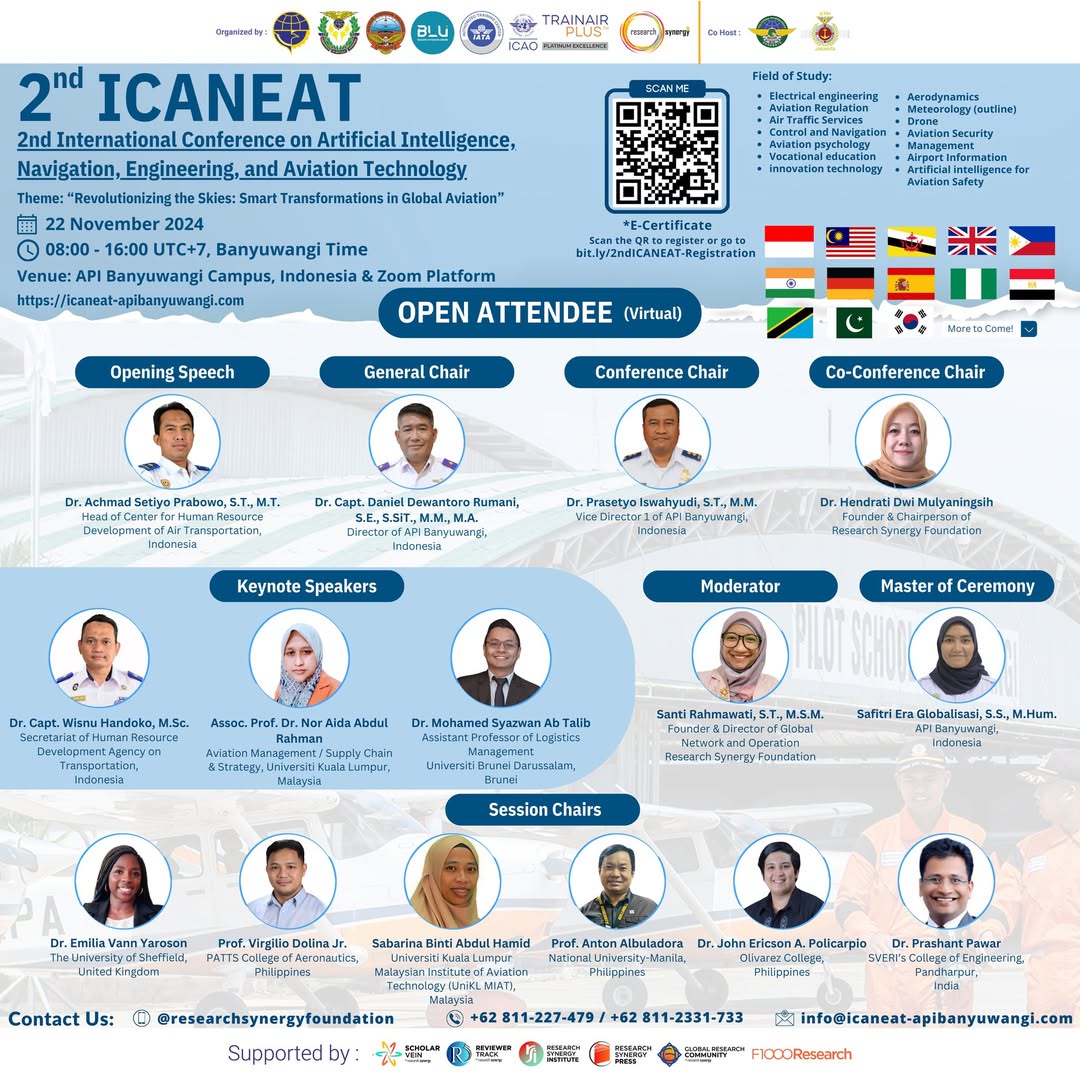Employee Perception Of The Influence Of Leadership, Motivation, And Work Spirit In Driving Performance: A Qualitative Study With A Focus On The Role Of Incentives In Pt. Pln Up3 Lubuk Pakam
Keywords:
Transformational leadership style, motivation, work ethic, incentives, performanceAbstract
This study aims to explore employee perceptions of the influence of transformational leadership style, work motivation, and work ethic on employee performance, as well as the role of incentives as factors that strengthen these relationships. A qualitative approach was used in this study with a case study design at PT. PLN (Persero) UP3 Lubuk Pakam. Data was obtained through in-depth interviews with a number of employees from various work units, which were selected purposively. The findings of the study show that an inspiring and exemplary leadership style has a positive impact on employee morale and commitment. Intrinsic motivation such as a sense of responsibility and desire to contribute, as well as high morale, play a big role in driving performance improvement. In addition, incentives are perceived as a form of reward that strengthens loyalty and productivity. This study concludes that a combination of transformative leadership, personal motivation, work ethic, and incentive support contributes to the achievement of optimal performance. These results are expected to be a consideration in the development of managerial strategies based on a humanistic approach in the company environment.
References
[1] Bass, B. M., & Riggio, R. E. (2006). Transformational leadership (2nd ed.). Psychology Press.
[2] Creswell, J. W., & Poth, C. N. (2018). Qualitative inquiry and research design: Choosing among five approaches (4th ed.). SAGE Publications.
[3] Ferine, K. F., Aditia, R., & Rahmadana, M. F. (2021). An empirical study of leadership, organizational culture, conflict, and work ethic in determining work performance in Indonesia's education authority. Helion, 7(7).
[4] Hasibuan, M. S. P. (2020). Human Resource Management (Revised Edition). Jakarta: Bumi Aksara.
[5] Miles, M. B., Huberman, A. M., & Saldaña, J. (2014). Qualitative data analysis: A methods sourcebook (3rd ed.). SAGE Publications.
[6] Robbins, S. P., & Judge, T. A. (2021). Organizational behavior (18th ed.). Pearson Education.
[7] Rahayu, S. (2024). Human Resource Management in the Perspective of Employee Performance in Public Institutions. Medan: UNPAB Library.
[8] Rahayu, S., Rossanty, Y., & Frandiko, F. (2024, August). Improving Human Resource Management at Pelindo Regional 1 Medan Through Education and Training Programs to Improve the Quality of Port Human Resources. In 1st International Conference Epicentrum of Economic Global Framework (Vol. 1, No. 1, pp. 607-611).
[9] Rahayu, Sri. "The Influence of Human Resource Quality on Employee Performance in Village Unit Cooperatives in Lau Gumba Brastagi, North Sumatra." Journal of Management Tools 12, no. 1 (2020): 51.
[10] Rahayu, S. (2020). The Effect of Transformational Leadership on Work Discipline and Employee Performance. International Journal for Innovative Research in Multidisciplinary Field, 6(2), 250-253.
[11] Rahayu, S. (2018). The influence of motivation and discipline on employee work performance at PT. Langkat Nusantara Kepong, Langkat Regency. FRIDAY, 9(1), 115–132.
[12] Serendipity. (2017). Human resource management: Bureaucratic reform and civil servant management. Bandung: Refika Aditama.
[13] Sugiyono. (2019). Qualitative, quantitative, and R&D research methods. Bandung: Alfabeta.
[14] Sutrisno, E. (2022). Human resource management. Jakarta: Kencana.
Downloads
Published
Issue
Section
License
Copyright (c) 2025 Larry Marthin, Sri Rahayu, M. Isa Indrawan (Author)

This work is licensed under a Creative Commons Attribution-ShareAlike 4.0 International License.









